The main suggestion came from a ham radio fellow: why not to use the following module from Bangood for our LoRa APRS 433.775 MHz project? It is quite cheap (35 Euros) and compact and it is said to be very reliable as well.
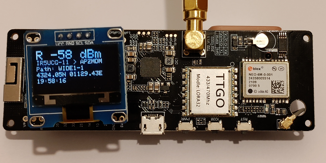 | LILYGO® TTGO Meshtastic T-Beam V1.1 ESP32 433 Mhz WiFi Bluetooth ESP32 GPS NEO-6M SMA Connector 18650 Battery OLED |
This module has very distinctive features but the most interesting is the AXP192 IC, that lets the battery to power supply the used components only, and at the right time only, saving a lot of energy from the LIPO 18650 battery. For instance, don't supply the GPS module when the tracker is in fixed mode i.e. it uses previously set latitude and longitude. The AXP192 charge the LIPO battery from the USB as well.
I found a few articles about LoRa modules with APRS software, but the closest to my idea was this one https://github.com/lora-aprs/LoRa_APRS_Tracker by peterus, that I happily forked.
The LoRa APRS parameters I used are the mostly used in Italy:
freq: 433.775 MHz sf: 12 cr: 5 bw: 125 KHz
 Guido
Guido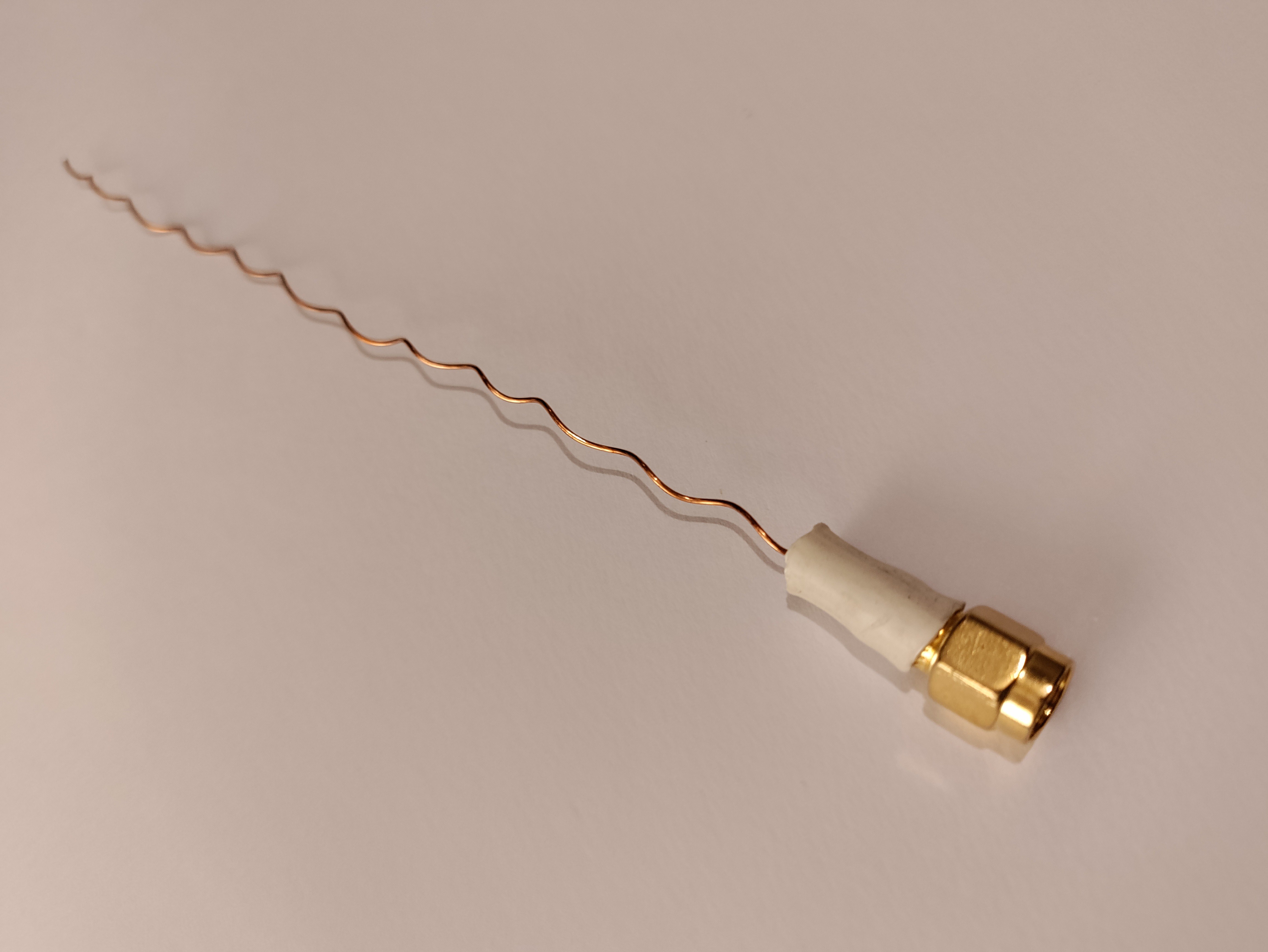
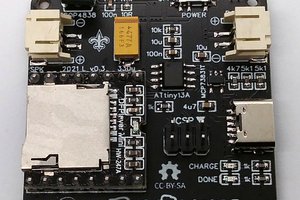
 Stefan Wagner
Stefan Wagner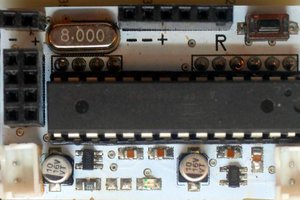
 Dimitri Synodinos
Dimitri Synodinos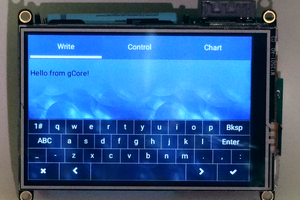
 Dan Julio
Dan Julio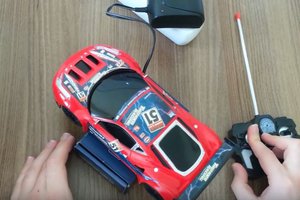
 Mahmut
Mahmut